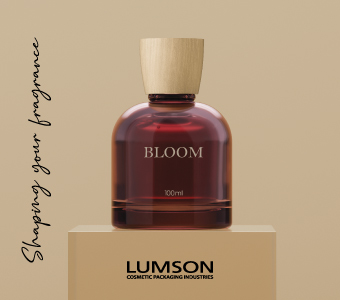
On November 13, Masumi Natsusaka, president of Kanebo presented in Tokyo the new ambitions of the second Japanese cosmetics maker. For the first time since its acquisition by Kao in 2005, Kanebo Cosmetics is initiating a true revolution, with a main driver: achieving the internationalization of the group.
While Kanebo (16.5% market share) and Kao (6.3%) are now almost on a par in Japan with Shiseido (23.7% market share), the two groups did not succeeded to equal the performance of their compatriot abroad. Unfortunately, if the Japanese cosmetics market remains the second in size after the United States, it has almost ceased growing in value since 2002 and has even started a slight decline since 2009. And the prospects are not encouraging. The aging Japan’s population has been decreasing since 2005, which will hinder any market recovery. At the same time competition increased, with the entry of new players such as Fuji Films, with the brand Astalift or Ajinomoto, a food giant, and even Suntory, maker of the famous Japanese beer on the cosmetic-food segment.
In this context, Kanebo wants to catch growth abroad by entering in the race already underway between major global cosmetic players. The announcement is not new, but this time the Japanese group seems to be ready to adopt the decisions that are necessary to succeed.
Masumi Natsusaka has built its strategy for 2015 upon three main axes: the rationalization and reduction of the group’s portfolio of brands, the strengthening of the group’s position on its home market, and the strong development of the group’s international business.

Five priority brands
The first step is probably the most painful. While the group currently manages an impressive number of brands [1] in all segments of the market, it will drastically reduce their number to a total of twelve key brands, from which will emerge five strategic brands that have a strong global potential. Some lines will therefore be stopped or merged with similar ones. Thus, Kanebo will certainly not cease marketing whitening products but should merge its Blanchir brand within a stronger one.
The five global brands are Sensai, Kanebo (now known as Impress), Lunasol, Kate and Freshel. Therefore, on overseas markets, the Kanebo signature will no longer be disseminated on all product lines and will become a brand by itself.
The remaining seven brands (Twany, Lissage, Coffret d’Or, Milano Collection, Evita, and a counselling skin care brand and a counselling hair care brand) will be focused on the Japanese market.
Strengthening the Japanese base
Indeed, Masumi Natsusaka is well aware that it is also in Japan that he will win the battle for the group’s globalization. The equation is quite simple: to enhance the group’s profitability on its domestic market in order to fund its global development. While Kanebo’s operating profitability is currently at 6%, Natsusaka wants to reach 10% in 2015.
In a distribution environment undergoing enormous changes with the advent of on-line retailing, Kanebo Cosmetics is re-focusing on counselling, the starting point of its business, as source of competitive advantage.
International development
Eventually, the Japanese group is seeking to achieve dramatic growth in its overseas sales. Its top priority is the expansion of its Asian business, including China. To facilitate this, Kanebo is going to build an R&D structure that will permit local product development based on the technology appropriate to each region. The group should turn to new suppliers who can offer high quality technology at more competitive prices than in Japan.
To date, in addition to Japan, Kanebo makes business in 55 countries but only 10% of its sales are made abroad. Masumi Natsusaka targets an overseas sales ratio of 15% by 2015, and 30% by 2020 at the latest.



































